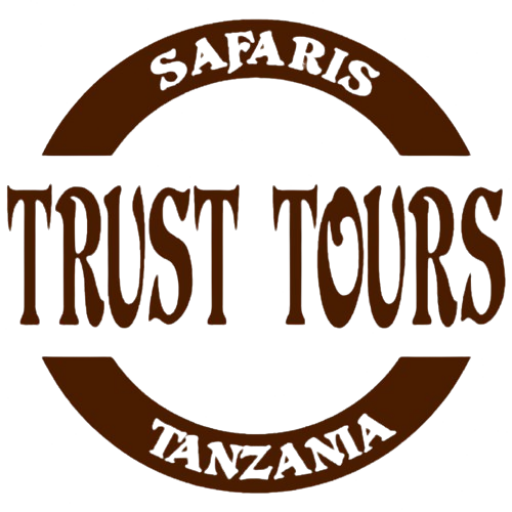How difficult is it to climb Kilimanjaro?
Climbing Mount Kilimanjaro is an extraordinary adventure that combines physical challenge, mental resilience, and the reward of standing on the “Roof of Africa.” While it is often described as a non-technical climb—meaning you don’t need specialized mountaineering skills like ice climbing or rope handling—it is by no means easy. The difficulty lies in the altitude, endurance, and preparation required. Let me break it down for you in a way that will inspire and prepare you for this incredible journey.
Why Kilimanjaro is Challenging (But Achievable!)
- Altitude: The Silent Challenge
Kilimanjaro’s summit, Uhuru Peak, stands at 5,895 meters (19,341 feet) above sea level. At this altitude, the air is thin, and oxygen levels are significantly lower than at sea level. This is the primary challenge for most climbers.- Altitude sickness (Acute Mountain Sickness, or AMS) is a real risk and can affect anyone, regardless of fitness level. Symptoms include headaches, nausea, dizziness, and fatigue.
- The key to success is proper acclimatization. Choosing a longer route (7-9 days) allows your body to adapt gradually, increasing your chances of reaching the summit.
- Physical Endurance: A Test of Stamina
While Kilimanjaro doesn’t require technical climbing skills, it demands physical fitness and mental determination.- You’ll be hiking for 5-8 hours per day, covering distances of 10-15 kilometers (6-9 miles) over varied terrain, including steep ascents and rocky paths.
- The summit night is the most grueling part. You’ll hike for 6-8 hours in freezing temperatures, often starting at midnight, to reach the summit by sunrise. This requires both physical stamina and mental grit.
- Terrain: A Journey Through Five Climatic Zones
Kilimanjaro’s diverse landscapes make the climb both fascinating and challenging. You’ll pass through:- Rainforest Zone: Lush, humid, and often muddy.
- Heath and Moorland: Open grasslands with cooler temperatures.
- Alpine Desert: Barren and rocky, with extreme temperature swings.
- Arctic Zone: Near the summit, where snow, ice, and freezing winds dominate.
Each zone presents its own challenges, from slippery trails to freezing temperatures, but also offers breathtaking beauty.
- Mental Resilience: The Inner Battle
Climbing Kilimanjaro is as much a mental challenge as a physical one.- The long days, unpredictable weather, and physical exhaustion can test your resolve.
- Staying positive, focused, and motivated is crucial, especially during the tough summit push.
Why You Can Do It!
- No Technical Skills Required
Unlike other high peaks, Kilimanjaro doesn’t require technical mountaineering skills. If you can hike and have a reasonable level of fitness, you can climb Kilimanjaro. - Supportive Team
Your climb will be supported by a team of experienced guides, porters, and cooks who will handle the logistics, carry your gear, and prepare meals. Their encouragement and expertise are invaluable. - Proper Preparation
With the right training, gear, and mindset, you can conquer Kilimanjaro.- Training: Focus on cardiovascular fitness, strength training, and hiking with a weighted backpack.
- Gear: Invest in quality clothing, footwear, and equipment to stay warm and comfortable.
- Mindset: Stay positive and remind yourself why you’re taking on this challenge.
- Life-Changing Reward
Standing on the summit of Kilimanjaro, watching the sunrise over the African plains, is an experience like no other. The sense of accomplishment and the memories you’ll create are worth every step.
Success Rates: Why Route Choice Matters
Your chances of reaching the summit depend heavily on the route and duration you choose:
- Machame Route (7 days): 85% success rate.
- Lemosho Route (8 days): 90% success rate.
- Marangu Route (5-6 days): 60-70% success rate.
Longer routes allow for better acclimatization, making the climb more enjoyable and increasing your chances of success.
Tips for a Successful Climb
- Choose the Right Route: Opt for a longer route (7-9 days) for better acclimatization.
- Train Consistently: Build your fitness level in the months leading up to the climb.
- Listen to Your Body: Take rest days seriously and communicate with your guide if you feel unwell.
- Stay Hydrated and Eat Well: Proper nutrition and hydration are key to maintaining energy levels.
- Pack Smart: Bring layers for varying temperatures and ensure your gear is high-quality and tested.
Final Thoughts: Is Kilimanjaro for You?
Climbing Kilimanjaro is a challenge, but it’s one that thousands of people from all walks of life achieve every year. With proper preparation, the right mindset, and a supportive team from Trust Tours and Safari Company, you can stand on the summit and experience one of the most rewarding adventures of your life.
If you’re ready to take on this incredible journey, let’s start planning your climb today! Whether you’re a seasoned hiker or a first-time adventurer, Kilimanjaro is waiting to welcome you to the top of Africa.
FEEL CONFIDENT WHEN BOOKING YOUR KILIMANJARO TREK WITH US.

